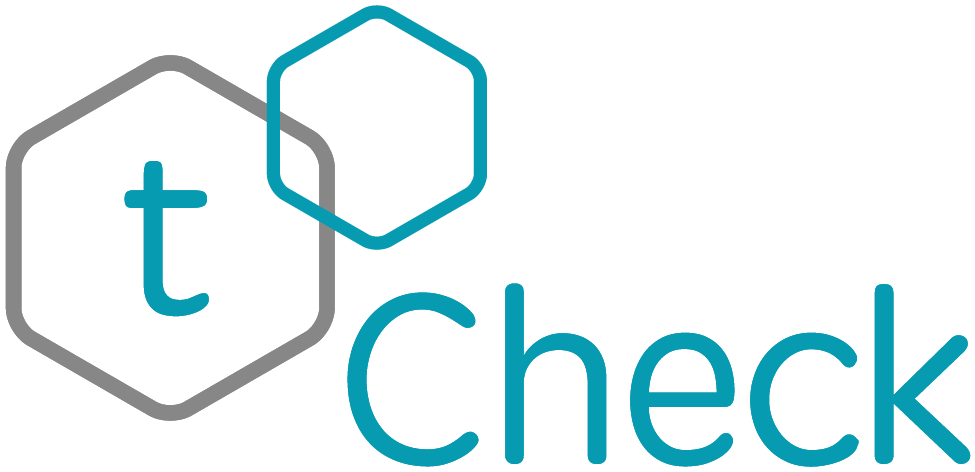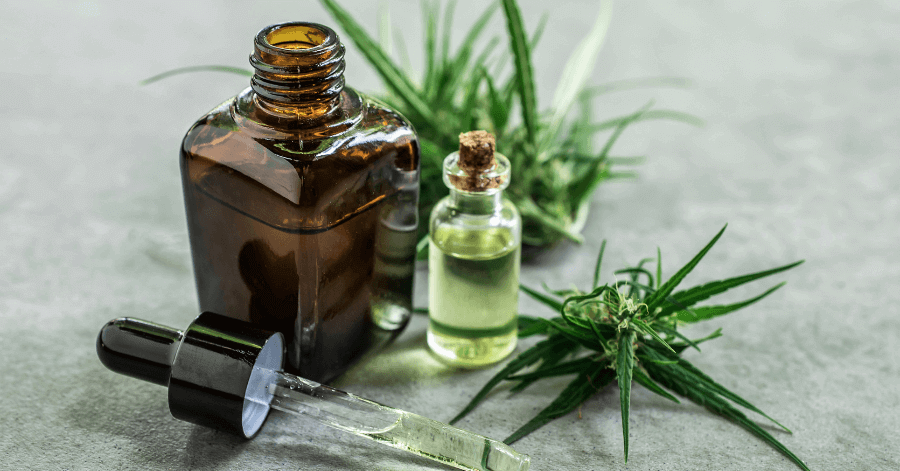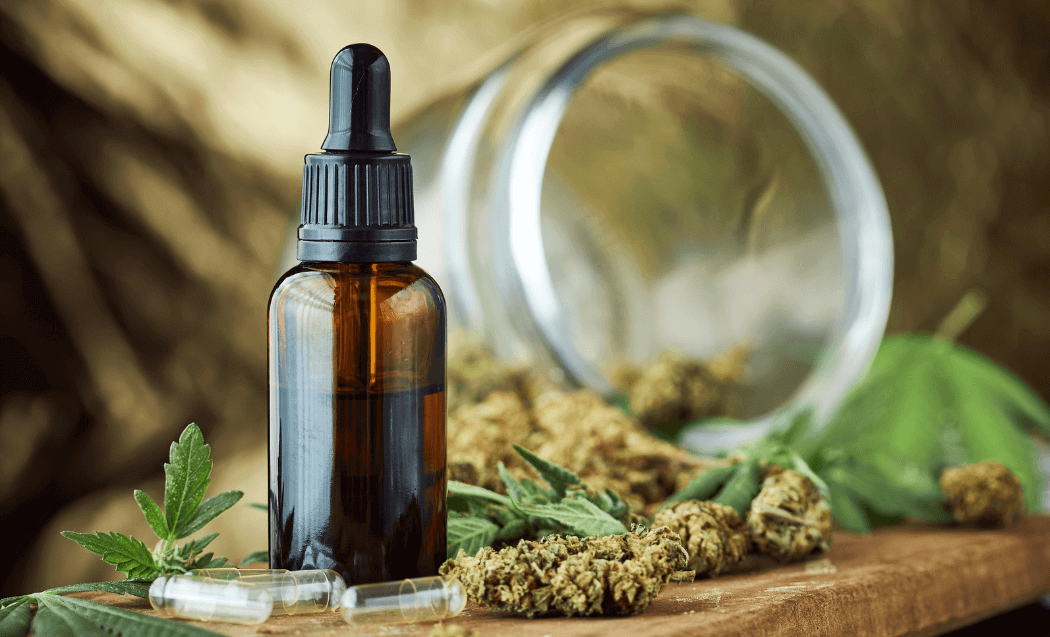Harm reduction is a public health approach to dampening the adverse consequences of long-term drug abuse. The goal is not total drug abstinence, but to build systems that maintain symptoms and prevent relapse. By doing this, patients and clinicians recognize that certain high-risk behaviors cannot be changed but instead helped. This blog will explore the relationship between harm reduction and cannabis.
Know the Risks of Cannabis Use
Short and long-term cannabis use can come with a slew of issues for some, and none at all for others. Although beheld by many who use it often, cannabis can become addictive, cause lung irritation, and even extreme weight gain and loss. It’s important to consider how you consume, know your limits, and understand the cost of using cannabis.
This blog is not a substitute for professional medical advice, diagnosis, or treatment. Always seek the advice of a qualified healthcare provider with any questions you may have regarding your health or the use of cannabis.
Never disregard professional medical advice or delay in seeking it because of something you have read in this blog post. tCheck is not responsible for any adverse effects or consequences resulting from the use of any suggestions or procedures described in this article.
Harm Reduction and Cannabis
Harm reduction comes in the form of therapy, mentorship, government assistance, and, in some cases, the use of other drugs. No matter the medium, it can reduce the likelihood of overdose and treat severe withdrawal symptoms.
Typically, those who turn to marijuana are at high risk of relapsing on their drug of choice. According to a study done by the NLM's National Center for Biotechnology Information, many use the plant to come down from or replace harder drugs, and even combat opioid cravings. This is because of how THC and CBD interact with your endocannabinoid system (ECS).
The Endocannabinoid System + The Entourage Effect
For example, CBD has been shown to reduce some of the negative side effects of THC such as anxiety and paranoia, while THC enhances the pain-relieving properties of CBD.
How Does it Work?- A Deeper Dive
We’ve touched on a few of these ideas previously, but there’s more to the benefits of our mother marijuana.
1. Cannabis as a substitute for opioids:
Some individuals who are struggling with opioid addiction have found that using cannabis can help them reduce their use or even quit altogether. One study published in the Journal of Psychoactive Drugs found that patients with chronic pain who used cannabis reported a 64% reduction in opioid use.
2. Cannabis to reduce withdrawal symptoms:
As mentioned earlier, cannabis has been shown to help reduce withdrawal symptoms associated with opioid use. THC can activate the reward pathways in the brain, reducing the intensity of withdrawal symptoms and helping to combat opioid cravings. CBD, on the other hand, has been shown to reduce anxiety and improve sleep.
Anxiety and sleep disturbances are common withdrawal symptoms associated with opioid use. CBD has been shown to have anxiolytic (anti-anxiety) and sedative properties, which can help reduce anxiety and improve sleep quality.
3. Cannabis to manage pain:
Cannabis has been used for centuries as a pain-relieving agent, and many individuals who struggle with chronic pain have turned to cannabis as a safer alternative to opioids. While more research is needed to fully understand the pain-relieving potential of cannabis, early studies suggest that it may be effective in managing a range of pain conditions.
Again, using cannabis as a harm reduction tool is not a one-size-fits-all solution. Each individual's needs and circumstances are unique, and it's essential to work with a qualified healthcare provider to determine the best approach for your situation.
Cannabis can be used to improve major areas of many people's lives. Take control of your marijuana use and know how potent your product is without having to guess with a tCheck THC & CBD Potency Tester.









